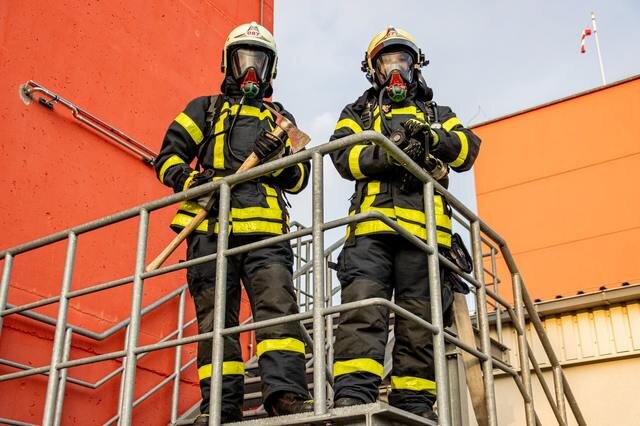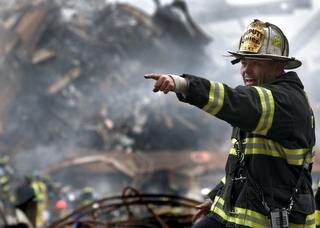Nomex® is a product of industrially-manufactured aromatic polyamide (aramid) fibers known to have beneficial flame-resistant (FR) properties. The material has highly effective filtration and insulation applications suitable for thermal protective apparel. However, we still can’t help but beg to question its maximum resistance to high heat and fire temperatures.
In this section, we will focus on looking into different types of Nomex fabrics and their thermal properties to find out just how much temperature it can withstand before it burns and reaches degradation.
Variety of Nomex® Fabrics
Here is a list of Nomex fabric types with different applications:
Nomex® Type N300 series
The N300 series is a producer-colored staple fiber type primarily used for protective apparel. This variety contains a mixture of Kevlar and Nomex fibers for up to 2 inches (depth) of material availability. It is also equipped with moisture barriers when applied as apparel liners.
Nomex® Type 430
Type 430 has a high degree of crystallinity and durability. The strength and chemical resistance features of this fiber type are used for firefighters’ coated fabrics and turnout gear.
Nomex® Type 450
The type 450 Nomex is a naturally white-colored fiber made of 100% meta-aramid staple with high strength and crystallinity. These are usually manufactured for firefighters’ turnout-facing garments.
Nomex® Type 455
Type 455 is a staple mixture of Nomex and Kevlar fabrics, also called as Nomex III. It has lower degrees of crystallinity and strength compared to Type 450 products. However, it has improved thermal protective properties in terms of shrinkage, dyeability, and wrinkle resistance.
Nomex® Type 462
Type 462 is also a product of blended Nomex and Kevlar fabrics for enhanced thermal protective properties. This is designed to function as an anti-static dissipative fiber that reduces electric field strength.
Nomex® MHP
Nomex MHP is a staple blend of several fibers but is dominated by 34% aramid. This type has multi-hazard FR applications for heat, flame, metal splashes, and electric arcs. Plus, the durability is improved with a touch of comfortable fabric.
Protera
Protera is dominated by Nomex and Kevlar materials mixed with other types of fabrics. This is specifically designed for protection against electric arcs, flash fires, and excessive washing.
Nomex® Type N101 and N102
Type N101 and N102 are producer-colored filament yarns with a range of colors and deniers; N101 fabrics are entangled filament yarns, while N102 fabrics are individually texturized.
Nomex® Type N104
The Type N104 filament yarns have a low degree of crystallinity to accommodate yarn dyeing applications. However, the material’s shrinkage levels are at 7% to 8%, which profoundly affects the dyeing results.
Spunlaced Fabrics
Spunlaced fabrics are conformable, lightweight, and ultra-soft with hydraulic jet entanglement of Nomex and Kevlar fabrics. It is not introduced with resin binders that decrease aramid thermal properties. The material is calendered and woven for more durable garment liners.
Thermal Properties of Nomex
Nomex fiber has outstanding dimensional stability and resistance to various industrial solvents and chemicals. The fabrics made of this material have high degrees of crystallinity— which influences the material’s hardness, density, transparency, and diffusion. It supports combustion in the air and can withstand up to 370°C (700°F). Above this level, the material will quickly degrade.
Ultimately, Nomex fabrics possess supreme heat performance with excellent flame-resistant properties and a significant ability to reduce burn injuries, which are highly advantageous for the firefighters’ protective apparel.
Check out our collection of Nomex PPE gear for wildland firefighters!















